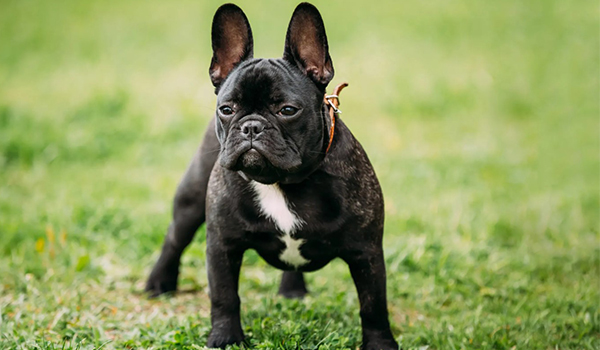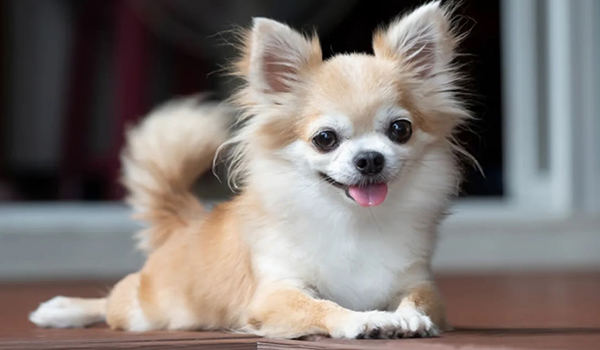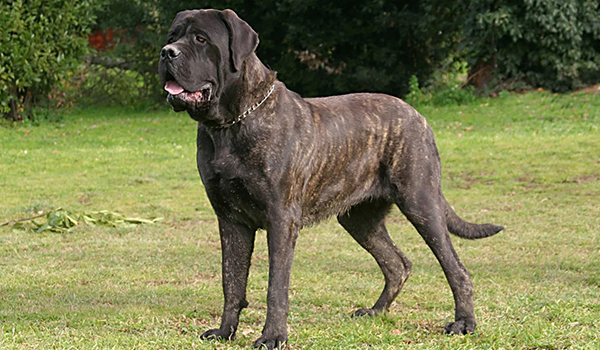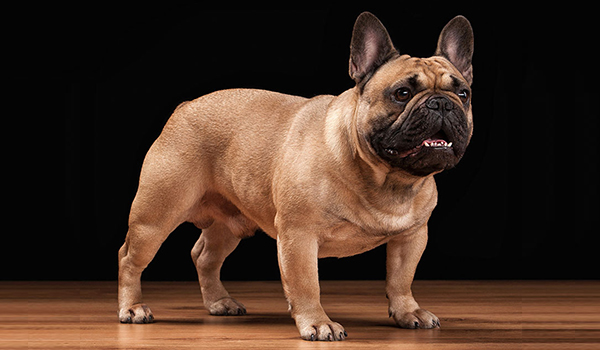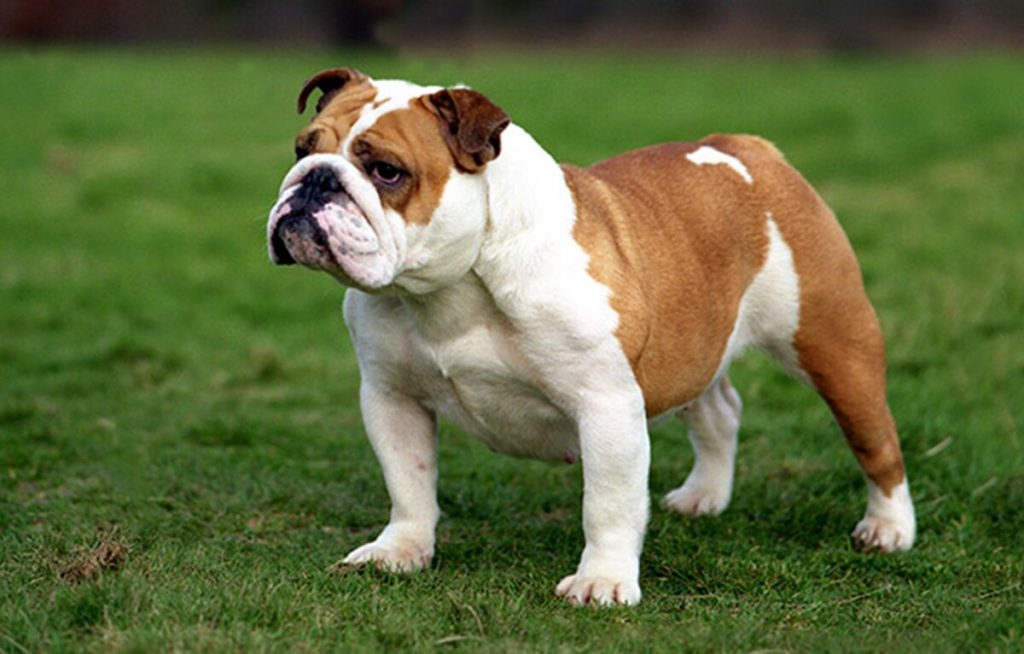
The English Bulldog is an iconic breed, instantly recognizable by its stocky build, pushed-in nose, saggy skin, and unmistakable waddle. With a face that only a mother—or a dedicated Bulldog lover—could adore, this breed is the ultimate symbol of determination and gentle courage. Despite their gruff appearance, they are among the most docile, loyal, and affectionate companions.
However, their unique physiology comes with a unique set of health and care requirements. This comprehensive guide will explore the reality of life with an English Bulldog to help you decide if you can provide the specialized care this wonderful, yet demanding, breed requires.
Breed Overview
- Group: Non-Sporting
- Height: 14 – 15 inches (at the shoulder)
- Weight: 40 – 50 pounds (females), 50 – 60 pounds (males)
- Life Span: 8 – 10 years
- Coat: Short, smooth, and straight. It comes in a variety of colors including brindle, white, red, fawn, and piebald.
A Brief History: From Bull-Baiting to Couch Cuddling
The Bulldog’s history is a dramatic journey from brutality to beloved companion. Their name derives from their original, grim purpose: “bull-baiting.” In 13th-century England, they were bred for this “sport,” where their low stature, powerful jaws, and tenacious grip were used to seize bulls by the nose.
When bull-baiting was outlawed in 1835, the breed’s purpose vanished. Rather than let the Bulldog disappear, dedicated breeders began the monumental task of selectively breeding them for companionship. They systematically softened the temperament while exaggerating the physical features (shorter muzzle, stockier body) into the lovable, comical couch potato we know today. This transformation is one of the most extreme in the dog world.

The English Bulldog Temperament: A Gentle Soul in a Grumpy Package
Beneath the tough exterior lies a sweet, sensitive, and often hilarious personality. They are the ultimate indoor companion.
- Docile & Willing to Please: Bulldogs are famously easygoing and eager to please their families. They are not hyperactive or nervous.
- Friendly & Sociable: Well-bred Bulldogs are typically friendly with everyone—children, strangers, and other pets. They are not guard dogs.
- Courageous & Loyal: They form deep bonds with their families and, despite their laid-back nature, can be surprisingly courageous when they sense a threat to their loved ones.
- Calm & Low-Energy: They are the quintessential couch potatoes. A few short walks and some playtime are all they need; they are perfectly suited for apartment living.
- Stubborn & Comical: They have a well-earned reputation for stubbornness. Their hilarious antics, snorting, and dramatic sighs provide constant entertainment.
Caring for Your English Bulldog
Exercise: Less is More
Their brachycephalic (flat-faced) nature makes them highly susceptible to overheating and breathing difficulties.
- Daily Requirements: Short, leashed walks of 10-15 minutes, preferably during the coolest parts of the day (early morning or evening), are sufficient.
- Avoid Overexertion: Never exercise a Bulldog in heat or humidity. They can suffer from heatstroke very quickly, which is a medical emergency.
- Indoor Play: They enjoy short bursts of indoor play but are generally content to lounge.
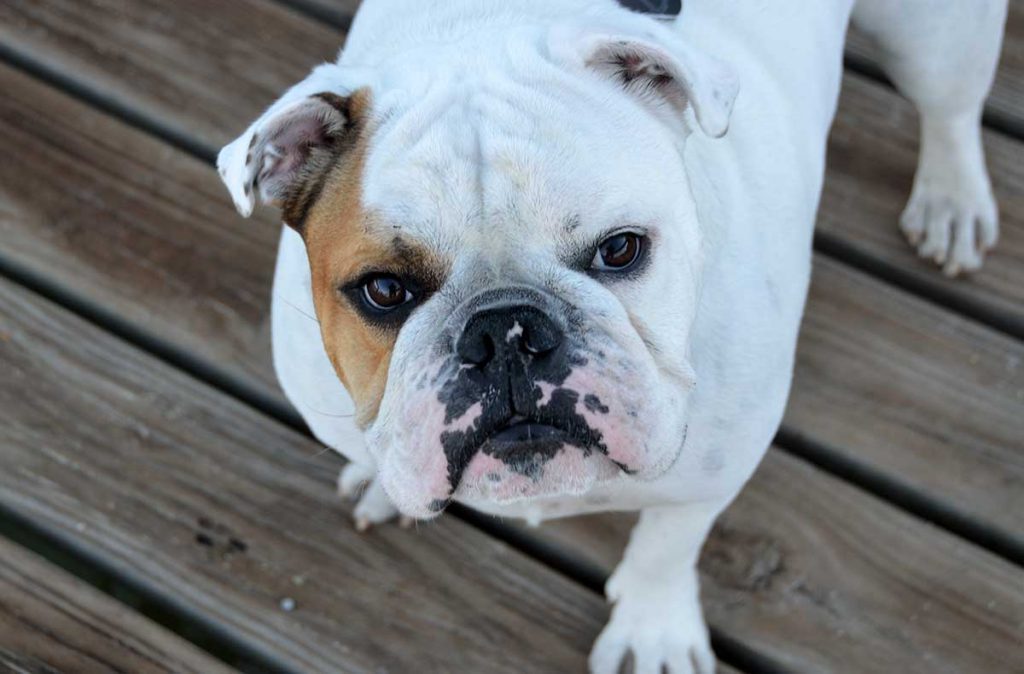
Grooming: More Than Meets the Eye
While their coat is low-maintenance, their skin folds require dedicated care.
- The Wrinkle Care: This is non-negotiable. The deep skin folds on their face and tail must be cleaned and dried daily to prevent painful infections, irritation, and odor. Use a soft, damp cloth followed by a dry one or a specially formulated wrinkle wipe.
- Brushing: A weekly brush with a soft bristle brush or grooming mitt will help control shedding.
- Bathing: Bathe every few weeks or as needed, ensuring all wrinkles are thoroughly dried afterwards.
- Other Needs: Regular nail trimming and cleaning of their ears, which can be prone to infection.
Training: Patience and Positive Reinforcement
Their stubborn streak can make training a test of patience, but their love of food is a powerful motivator.
- Start Early: Begin socialization and basic obedience as a puppy. Their stubbornness can become ingrained if not addressed early.
- Use Positive Reinforcement: They respond best to short, fun, reward-based training sessions with high-value treats. Harsh methods will cause them to shut down.
- Focus on Key Skills: Besides basic commands, focus on leash manners and, most importantly, recall, to ensure they don’t wander into danger.
Health: What to Be Aware Of
This is the most critical section for a potential owner. English Bulldogs are a brachycephalic breed and require proactive, dedicated healthcare. Reputable breeders test for these conditions.
- Brachycephalic Obstructive Airway Syndrome (BOAS): This is the main concern. Their shortened airway leads to snorting, snoring, and difficulty breathing, especially in heat or during exertion. In severe cases, surgery may be required.
- Heat Sensitivity & Heatstroke: They cannot regulate their body temperature efficiently. They must live in climate-controlled environments.
- Hip & Elbow Dysplasia: Their compact, heavy build puts immense strain on their joints.
- Skin & Allergy Issues: They are prone to skin infections in their folds, allergies, and demodicosis (mange).
- Eye Problems: Cherry eye, dry eye, and entropion (eyelids rolling inward) are common.
- Cardiac Issues: Their compromised breathing can put a strain on the heart.
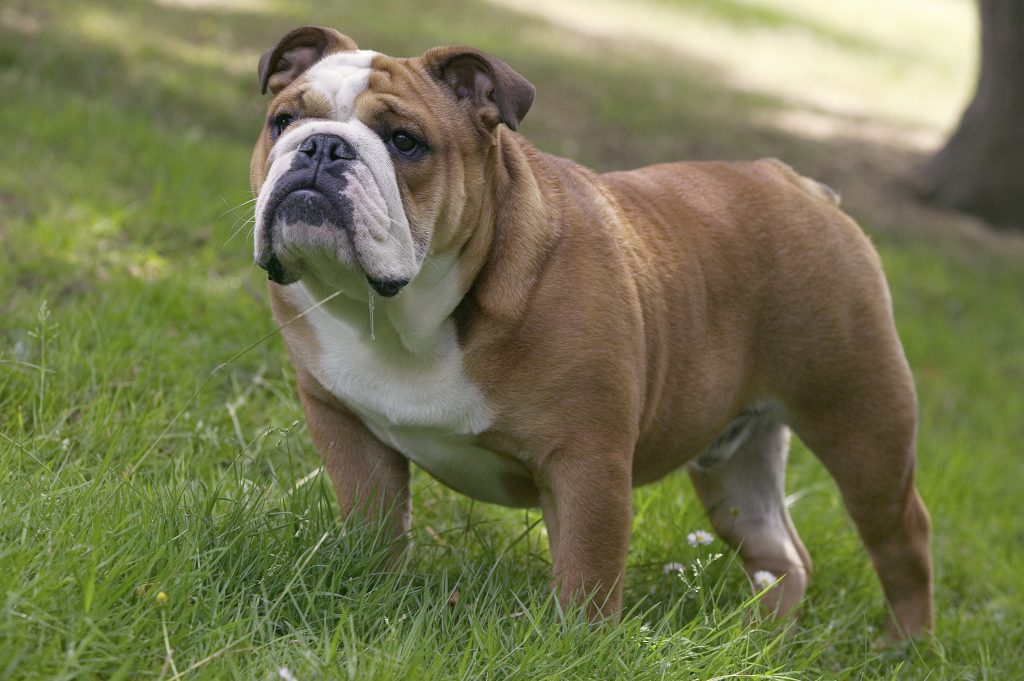
Is an English Bulldog Right For You?
An English Bulldog might be your perfect match if you:
- Want a calm, low-energy, indoor companion.
- Lead a relaxed lifestyle and are home often.
- Have a climate-controlled home.
- Are prepared for the significant financial commitment of potential vet bills.
- Have the patience for their stubbornness and the diligence for their daily wrinkle care.
You might want to reconsider if you:
- Want a jogging, hiking, or athletic partner.
- Live in a hot or humid climate without constant air conditioning.
- Are unprepared for potential high veterinary costs.
- Want a low-maintenance dog.
- Are away from home for long hours.
Finding Your English Bulldog
- Reputable Breeders: This is paramount. A responsible breeder is transparent about the breed’s health issues and actively works to improve it. They will:
- Provide OFA or PennHIP certifications for hips and elbows.
- Provide certification from the CHIC (Canine Health Information Center) database.
- Prove their dogs have breedable airway health (often via a BOAS test).
- Be honest about the challenges and let you meet the puppy’s parents.
- Rescue & Shelters: Bulldog-specific rescues are very active. Many dogs are surrendered due to high medical costs or owners being unprepared for their needs. Adoption is a wonderful way to give a Bulldog a second chance.
Understanding the Cost: The initial purchase price from a reputable breeder in the U.S. is high, typically $2,500 to $5,000+, due to the extensive health testing and often required C-sections for birth. However, the lifetime cost of ownership is the real consideration. Owners must budget for:
- High-quality food.
- Regular professional grooming and wrinkle care supplies.
- Substantial potential veterinary bills for breathing issues, allergies, joint problems, and surgeries. Pet insurance is highly recommended.
Bringing an English Bulldog into your life means committing to a sensitive, humorous, and deeply loyal friend who requires specialized care. In return for your dedication, you will gain an unforgettable companion whose snores, waddles, and affectionate sighs will completely capture your heart.

